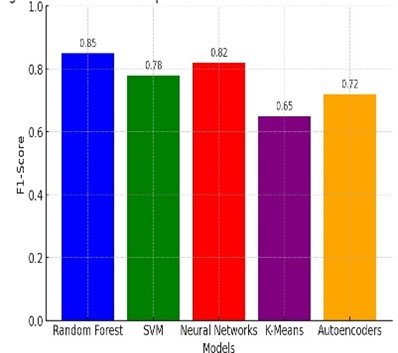AI Models for Software Defect Prediction: Comparative Study
DOI:
https://doi.org/10.70844/ijas.2025.2.28Keywords:
Machine learning, Software defect prediction, Supervised learning, Unsupervised learning, Neural networks, Random forest, Autoencoders, Software testingAbstract
Predicting software defects is crucial in modern software engineering, enabling organizations to boost reliability while minimizing
maintenance costs. Traditional methods like static code analysis and rule-based techniques often yield high false positive rates and limited applicability across projects. Recent machine learning advances have led to automated defect prediction techniques using supervised and unsupervised models, achieving higher accuracy.
This study compares the prediction capabilities of Random Forest, Support Vector Machines, Neural Networks, K-means Clustering and Autoencoders using NASA MDP and PROMISE datasets. Performance metrics included accuracy, precision, recall, F1-score and ROC-AUC. Results show supervised models, particularly Neural Networks (94.2% accuracy, 92.5% F-score), outperform unsupervised models in defect prediction. However, unsupervised approaches like Autoencoders show promise for anomaly detection in large codebases.
The findings suggest that combining supervised and unsupervised learning into hybrid models could further enhance defect detection. The study also explores addressing class imbalance using SMOTE oversampling, ensuring reliable predictions. The results offer insights for industry practitioners and researchers on applying AI-driven defect prediction models for software quality assurance, potentially improving real-world defect detection capabilities.

